Shameless in Gaza: Inching Toward a Palestinian Civil War
By RAMZY BAROUD
The most recent fighting in the Gaza Strip, which has left many people dead, confirms that the internal strife plaguing the Occupied Territories since the advent of Hamas to power in January 2006 was not entirely the outcome of outside meddling in Palestinian affairs. It is, in most part a violent expression of the already existing weaknesses and disunity that has sadly defined the Palestinian political milieu for generations.
The fighting intensified between Hamas and Fatah and then reached unprecedented levels when 31 Palestinians, including a toddler were murdered in the matter of five days, starting Thursday, January 25, raising the death toll to more than 60 since last month.
It was on that day, one year ago, that Hamas was elected to power in an impressive landslide victory. By dominating the Palestinian legislator with an absolute majority, Hamas was comfortably able to solely form and confirm a government. But since that critical date, the US and Israel have initiated a campaign of economic boycott and military coercion that has cost hundreds of Palestinian lives and has almost completely crippled their already traumatized economy. This boycott was a sensational success, for it also involved all the forces that traditionally came to the aid of Palestinians, at least morally and financially, including Arab neighbours, the United Nations and the European Union.
There was no doubt that Palestinians were collectively punished for electing Hamas, whose victory meant that the easy ride that Israel has enjoyed dealing with the self serving elites of Fatah would be disrupted. It also meant that the United States’ regional designs, which were meant to introduce artificial democracy to the Middle East, merely aiming at giving a face-lift to the already corrupt political structure of its friendly allies –coupled with a regime change for it foes – was disastrously violated by Hamas using the same democracy vehicle assembled in Washington.
It was not the religious posture of Hamas that irked the US and Israel – the US’ unwarranted invasion of Iraq, for example, has given rise to all sorts of political religious organizations, that seem to fit neatly into the US’ strategy in the war torn country; nor was it Hamas’ rhetoric, an extremist from the viewpoint of Israel and the US, for the latter knew too well that Hamas is simply not capable of ‘destroying’ Israel, whose security remains a top priority for the US. It was because Hamas’ rise was an anomaly at a time that the US was embarking on rearranging the political map of the Middle East in so careful a way to marginalize Iran and Syria, the former being a top priority.
Hamas has enjoyed a safe haven and financial backing from both Tehran and Damascus. By isolating Hamas, who was subsequently ostracised and deprived from the Arabs’ support, the options of the Islamic movement were limited even more, further radicalizing its rhetoric and henceforth increasing the Iranian influence over the beleaguered group.
Though the interests of the United States and Iran have met on more than one occasion in the past – most notably in Afghanistan and Iraq – the US was equally wary of the fact that Iran’s influence in the region was reaching unprecedented heights, beginning with the US invasion of Iraq and the rise of Shia political exclusivism there. The astounding victory of Hizbollah against the much more sophisticated, US-armed Israeli military in July-August 2006 war was another battle that the US was forced to yield to Iran, whose confidence, as exhibited in the speed and intensity of its nuclear program, is at an all time high. Hamas’ survival in the face of the decided American-Israeli campaign prolonged and strengthened the Iranian alliance. Expectedly, Iran vowed hundreds of millions of dollars to support the Hamas government, funds that are largely blocked from entering the Occupied Territories.
Contrary to the recommendations of the Baker-Hamilton report, the Bush administration is yet to heed the advice of engaging, rather than isolating Syria and Iran, despite the fact that the latter’s considerable sway over many Iraqi Shia groups is giving it a serious stake in determining the stability thus future of Iraq. Fearing that such engagement could be mistaken for a political concession, and still faithful to Israel’s own regional calculations, the Bush administration braved other dangerous options: by doubling its support for the Lebanese government, which is fighting an intense political war against Hizbollah, a major Iranian ally, and also by arming and financing the Palestinian Fatah movement.
Fatah had received generous financial help from the US, and President Bush recently requested the Congress to approve an additional $85 million, notwithstanding massive amounts of American weapons and training. But even more directly, according to the Washington Post, citing senior US officials, the US decided to upgrade its confrontation with Iran by ordering the killing of Iran’s ‘agents’ in Iraq, put at nearly 40,000 individuals. All of these policy revelations coincide with the US pronouncement to beef up its naval presence in the Gulf, the surest sign of the encroaching military showdown between the US and Iran.
The lines of hostility have never been clearer between the two countries, where the US is still spearheading a campaign aimed at banishing Israel’s remaining foes, joined by Israel, Fatah and Arab governments who are increasingly uneasy over the Shia political resurgence. On the other side, Iran stands backed by Syria, many of Iraq’s Shia and Hamas – the latter being unwittingly shoved into the alarming equation. Though Iran may seem the weakest link, its strength stems from two important cards, one being the US military failure in Iraq, and the other Israel’s poor performance in its most recent military showdown in Lebanon.
That said, one should not succumb to the analysis that puts the entire blame for this unfolding drama on the active Cold War between the US and Iran. In Lebanon, for example, sectarianism and factionalism, similar to Iraq’s sectarianism and tribalism, has rendered the country nationally fragmented and hardly possesses the necessary requirement of a nation state, where allegiance is made to the state, not to a sect, clan or tribe. The same is true for the Palestinians, where corruption is rife and disunity has been the longest defining factor of the Palestinian political temperament. While plenty can be said as of how physical fragmentation has lead to national disintegration in Palestine, and how many Palestinian groups, willingly or otherwise, served the interest of regional powers, the truth is that the Fatah- Hamas clash was forthcoming and preceded the US’s ongoing blunders in the region. The US-Israeli backing of Fatah merely exposed the perpetual weaknesses that have marred Palestinian society for generations, by providing political, financial and military requirements to intensify the fight so that Palestinian resistance against the Israeli occupation might fizzle out, an evident outcome of the current fighting.
It is indeed more than disheartening to see that Palestinians have themselves surrendered readily to the Israeli and American designs, allowing their revolting factionalism to morph into a near civil war which has already harvested many lives. Those responsible for the violence – blame that can no longer be placed on a cluster of individuals – must have forgotten that their infighting is taking place in an occupied land, besieged by Israeli fences and walls, and under the watchful eye of Israeli intelligence, who must be brimming with glee as Palestinians are shamelessly slaughtering one another, a job that has for a long time been reserved for Israel, and for Israel alone.
-Ramzy Baroud’s latest book, The Second Palestinian Intifada: A Chronicle of a People’s Struggle (Pluto Press), is available at Amazon.com and also from the University of Michigan Press. His website is ramzybaroud.net


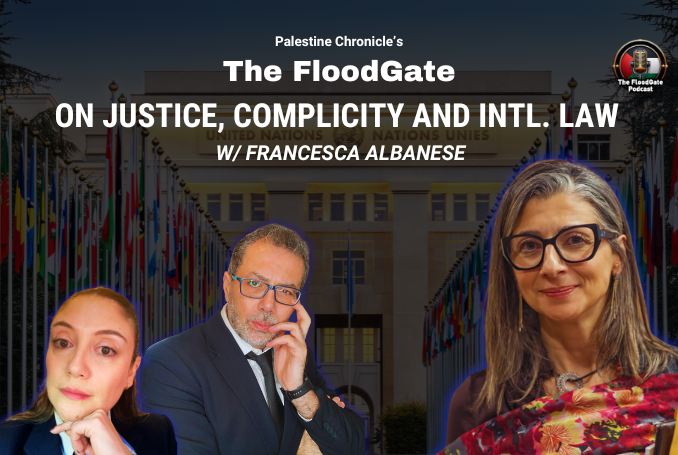





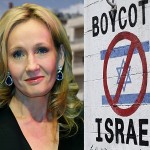




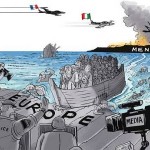



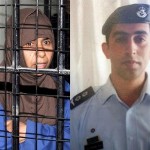

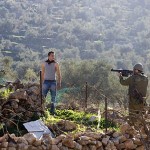

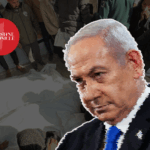
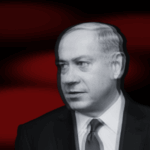

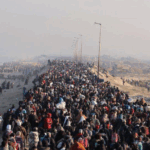

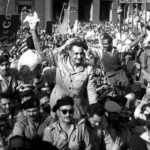
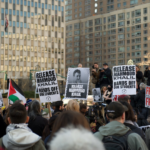

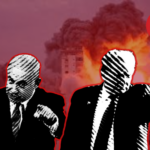

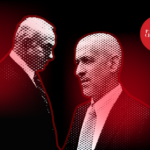

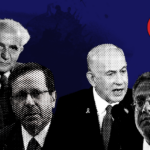
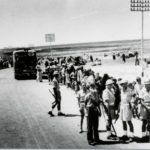

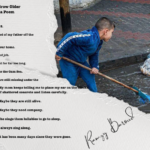



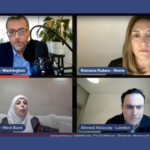
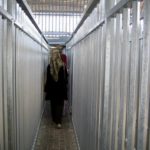
0 Comments